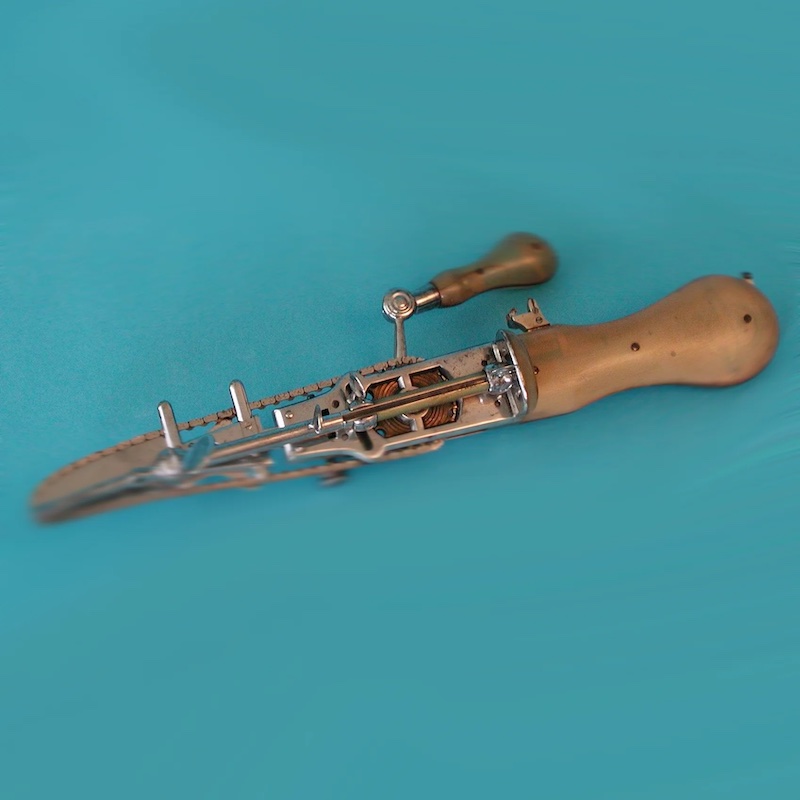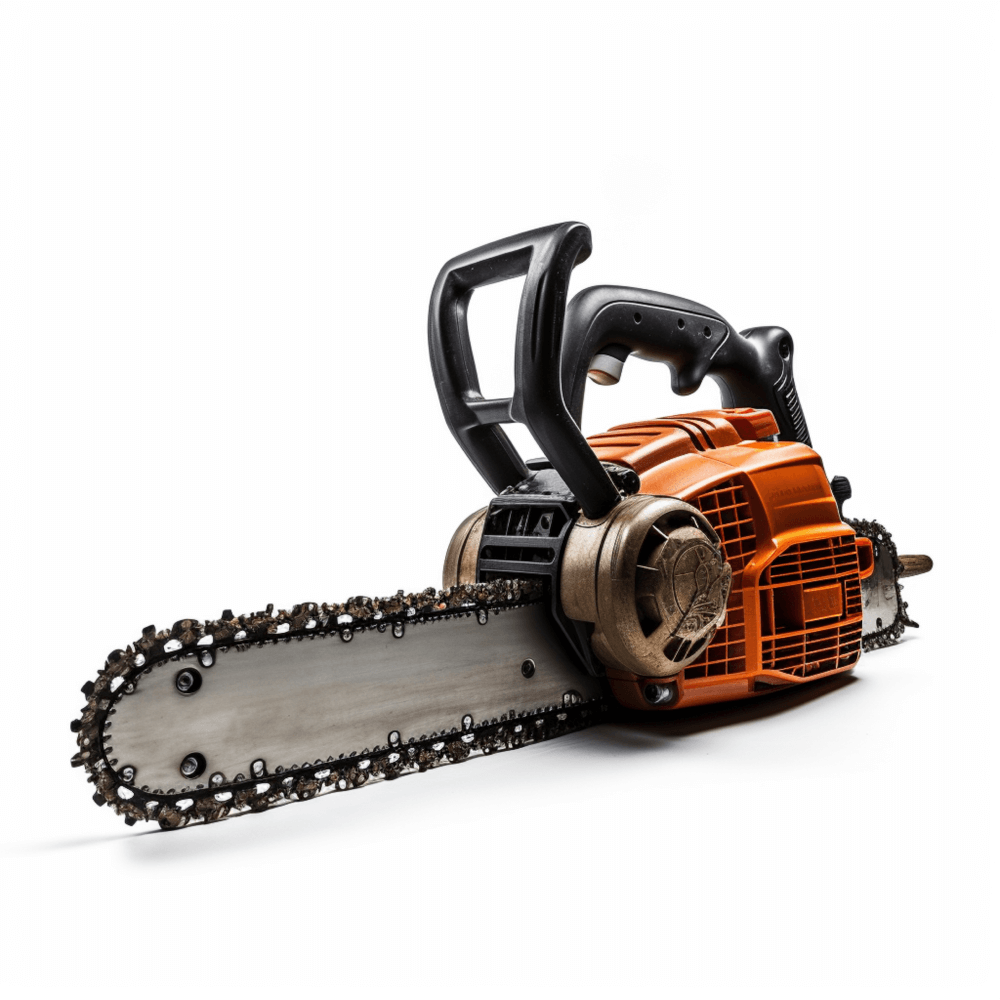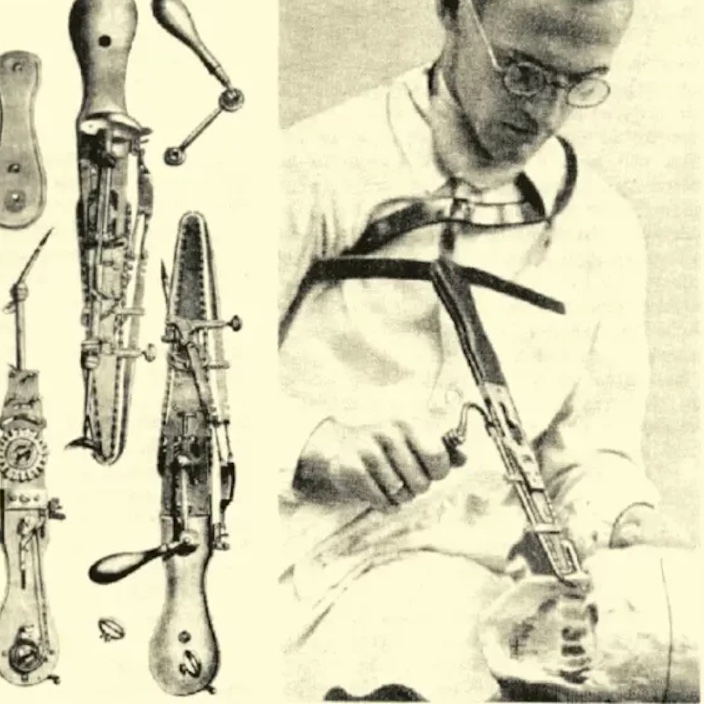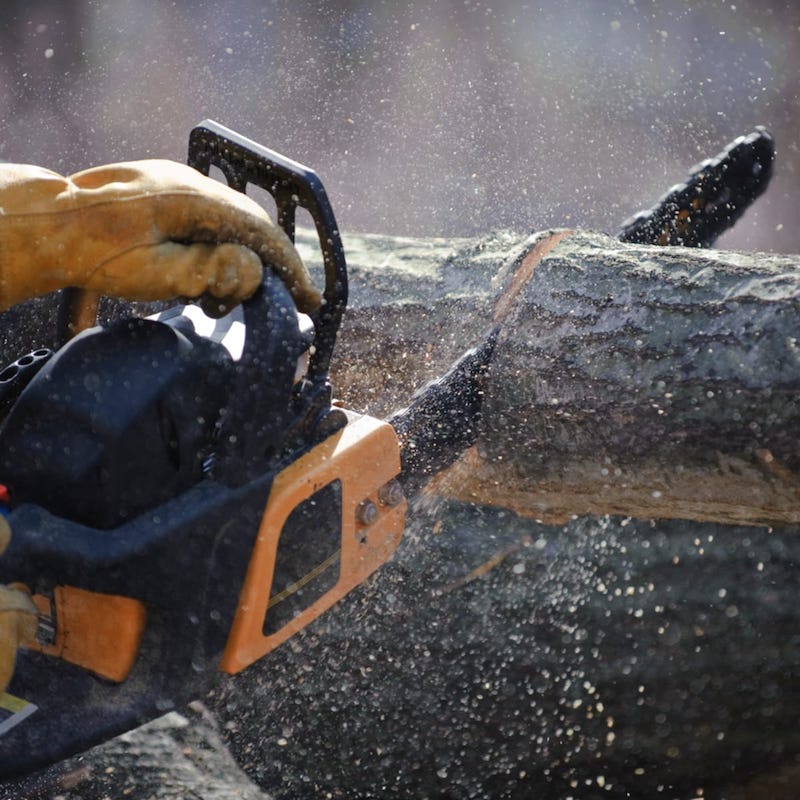
The Unexpected Origin of Chainsaws: From Surgery to Sawmill
The Invention of the Chainsaw: A Medical Necessity
In the late 18th century, difficulties in childbirth led to a medical breakthrough. Often, a baby stuck in the birth canal posed a significant threat to both mother and child. Doctors needed a tool to assist in these hazardous deliveries. The solution was both innovative and unexpected: the early chainsaw. At the time, C-sections were dangerous and often fatal due to the high infection risk. This led Scottish doctors John Aitken and James Jeffray to invent a device for cutting bone with precision and less trauma. Their creation, a hand-cranked chainsaw, aimed to perform symphysiotomies more efficiently. This procedure required cutting the pelvic bone to widen the birth canal. The invention of this chainsaw was a necessary response to the limitations of medical procedures of the era. It minimized damage to mothers during childbirth and improved survival rates. Chainsaws were indeed invented as a medical instrument to save lives in difficult birthing situations. Why were chainsaws invented? Mainly, to provide a life-saving solution when other medical options fell short.
Early Chainsaws in Childbirth: Symphysiotomy and the Osteotome
The first chainsaws were not for wood but for childbirth. Early models helped with symphysiotomy, a surgical procedure. This practice involved cutting the pelvic bone. It made more room for babies stuck in the birth canal. The chainsaw for this use was known as the osteotome. The osteotome had fine teeth and was hand-cranked. It cut through bone more safely than knives or saws at that time. The invention was critical for emergency childbirth situations. Sadly, the procedure still had risks and was quite invasive. However, the osteotome was a step forward in medical tools. It helped save lives when other methods were too dangerous. With this, the story of why chainsaws were invented begins in the medical field.
The Aitken and Jeffray Connection: Contributions to Medical Procedures
John Aitken and James Jeffray, both Scottish doctors, saw a need for medical innovation. Driven by the challenges in childbirth, they focused on symphysiotomy. Before the chainsaw, this procedure suffered from slow, imprecise tools. Aitken and Jeffray’s device aimed to perform symphysiotomies quickly and safely. This hand-cranked chainsaw showed efficiency and precision in cutting pelvic bones. With their invention, they brought a significant medical contribution. Their chainsaw helped more babies and mothers survive difficult births. The tool’s design minimized injury to surrounding tissue. It was smaller and more controlled than previous options. Its impact was notable in the realms of obstetrics and surgery. Over time, it informed the development of other surgical tools. Aitken and Jeffray’s work underscores why chainsaws were invented for medical, not timber, purposes initially.
Bernhard Heine’s Osteotome: The Predecessor to Modern Chainsaws
Bernhard Heine, an orthopedic technician turned surgeon, introduced a groundbreaking innovation in 1830. His creation, the chain osteotome, transformed medical procedures. Unlike earlier versions, Heine’s osteotome featured a hand-cranked chain. It cut through bone with impressive efficiency and speed, lessening patient suffering. Its design included small teeth similar to modern chainsaws. The osteotome revolutionized amputations and made intricate surgeries possible.
Why chainsaws were invented goes back to Heine’s osteotome. It aimed for precise cuts and minimal tissue damage. This piece of medical equipment had a major flaw, though. It was costly. Only a few surgeons, Heine included, truly mastered its use. Despite this, the chain osteotome inspired the chainsaws we know today. It showed how a medical tool could evolve for commercial use in timber.
The resemblance to today’s chainsaws is clear. Heine’s osteotome had an endless chain and sharp edges. These features are key to cutting wood quickly and cleanly. A look at his creation helps us understand why chainsaws were invented with medical roots. Over time, this medical device set the stage for the modern chainsaw’s power and utility in the forestry industry.
The Evolution from Medical to Forestry Use: A Shift in Applications
When we think of chainsaws today, forestry work often comes to mind first. But initially, chainsaws were not developed for such purposes. The invention of chainsaws started from a medical necessity – aiding childbirth. The initial shift from medical to forestry use marked a new chapter in chainsaw applications.
Over time, the practicality of chainsaws adapted from medical tools to forestry became evident. Engineers recognized the potential to cut trees with such devices. Gradually, designs emerged to handle larger blades and the power necessary for woodcutting. This led to the birth of the forestry chainsaw.
The evolution began not long after the introduction of the chain osteotome. Manufactures saw the method’s effectiveness in bone cutting. They envisioned similar approaches for timber work. Loans were taken and patents filed during the late 19th and early 20th centuries. Advances included the Chain Sawing Machine and the Endless Chain Saw. These innovations targeted wood processing and logging, unlike their medical ancestors.
From the surgical theater to the heart of forests, chainsaws found a new purpose. They transformed into tools of immense power and capability for timber. Inventors worked tirelessly. They aimed to improve the design and efficiency for woodcutting. This effort turned chainsaws from an exclusive medical instrument to an essential for lumberjacks.
The journey of chainsaws illustrates how needs in one field can spur innovation in another. It also answers the question – why were chainsaws invented? Not just for medical emergencies, but for the versatility and problem-solving potential they offer across various applications.
The Role of John Muir and Samuel J. Bens in Chainsaw Development
John Muir, an inventor, and Samuel J. Bens, a logger, both played roles in the evolution of chainsaws. Their work bridged the gap between medical instruments and forestry tools. Muir’s vision for a saw that could assist in logging tasks foreshadowed the future of chainsaws. His design in 1897 though, was cumbersome. It was a large machine needing a crane, which limited its use.
Samuel J. Bens took inspiration from earlier chainsaw concepts. In 1905, he sought a patent for a ‘endless-chain saw.’ Base on Heine’s osteotome, this first design remained impractical. Yet, it set the stage for portable versions.
These early developments were vital. They led to the invention of chainsaws as we know them. Even though Muir and Bens didn’t perfect the design, their ideas pushed others to innovate. Chainsaws moved from medical settings to the thick of forests as indispensable logging tools.
The Revolution of Portable Chainsaws by James Shand
In the quest for timber mobility, the chainsaw’s evolution took a huge step forward. The year 1918 marked a breakthrough by Canadian millwright James Shand. Shand created the first portable chainsaw, which was a game-changer. Unlike previous models, Shand’s design aimed to bring practicality to forestry work. His chainsaw, though still bulky, enabled movement from tree to tree with less effort. Shand’s invention was for those who worked away from fixed machinery. It let loggers cut down trees directly in the forest. While it was called portable, this early version was large and heavy. Users found it to be less portable than hoped for. Patents filed by Shand showed a commitment to enhancing the chainsaw. Over time, design improvements made the chainsaw lighter and more manageable. Shand’s initial portable chainsaw led to more accessible, powerful models. This invention paved the way for future advances in chainsaw technology. It answered the growing need for efficient, mobile woodcutting tools.
Andreas Stihl’s Innovations: Creating the Modern Chainsaw
Andreas Stihl was pivotal in the modern chainsaw’s development. Stihl, a German engineer, saw potential in the chainsaw’s design. He utilized its cutting principles for logging. In 1926, he patented the electric chainsaw. Soon after, in 1929, he invented a gasoline-powered model. Both chainsaws needed two people to operate because of their size.
Stihl’s work didn’t end with these models. He relentlessly improved his chainsaws. World War II ended and materials like aluminum became available. Stihl used them to make his chainsaws lighter and easier to handle. By the 1950s, his design allowed one person to effectively use a chainsaw. This revolutionized the forestry industry.
The innovations answered why chainsaws were invented. They provided powerful tools for woodcutting. Today’s timber industry owes a great deal to Stihl’s work. His name became synonymous with quality chainsaws. His company is now one of the largest chainsaw manufacturers.
Stihl’s vision made the chainsaw a forestry staple. It was once a medical device but now a key tool for lumberjacks. His electric- and gas-powered saws set the standard for modern chainsaws. Thus, the chainsaw’s story from surgery to sawmill is complete. From aiding childbirth to felling trees, this tool has a complex history. Stihl’s ideas filled the need for efficient and portable woodcutting equipment. Their utility shows in various applications across the forestry sector.


